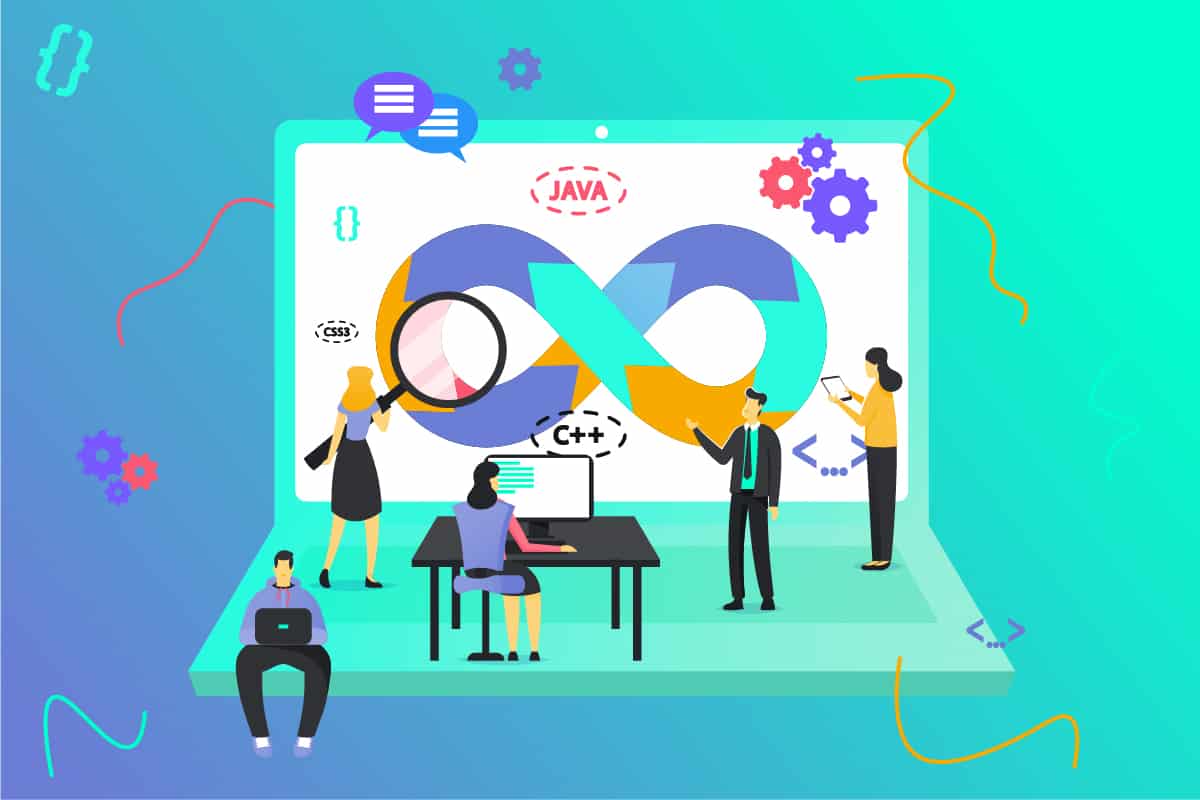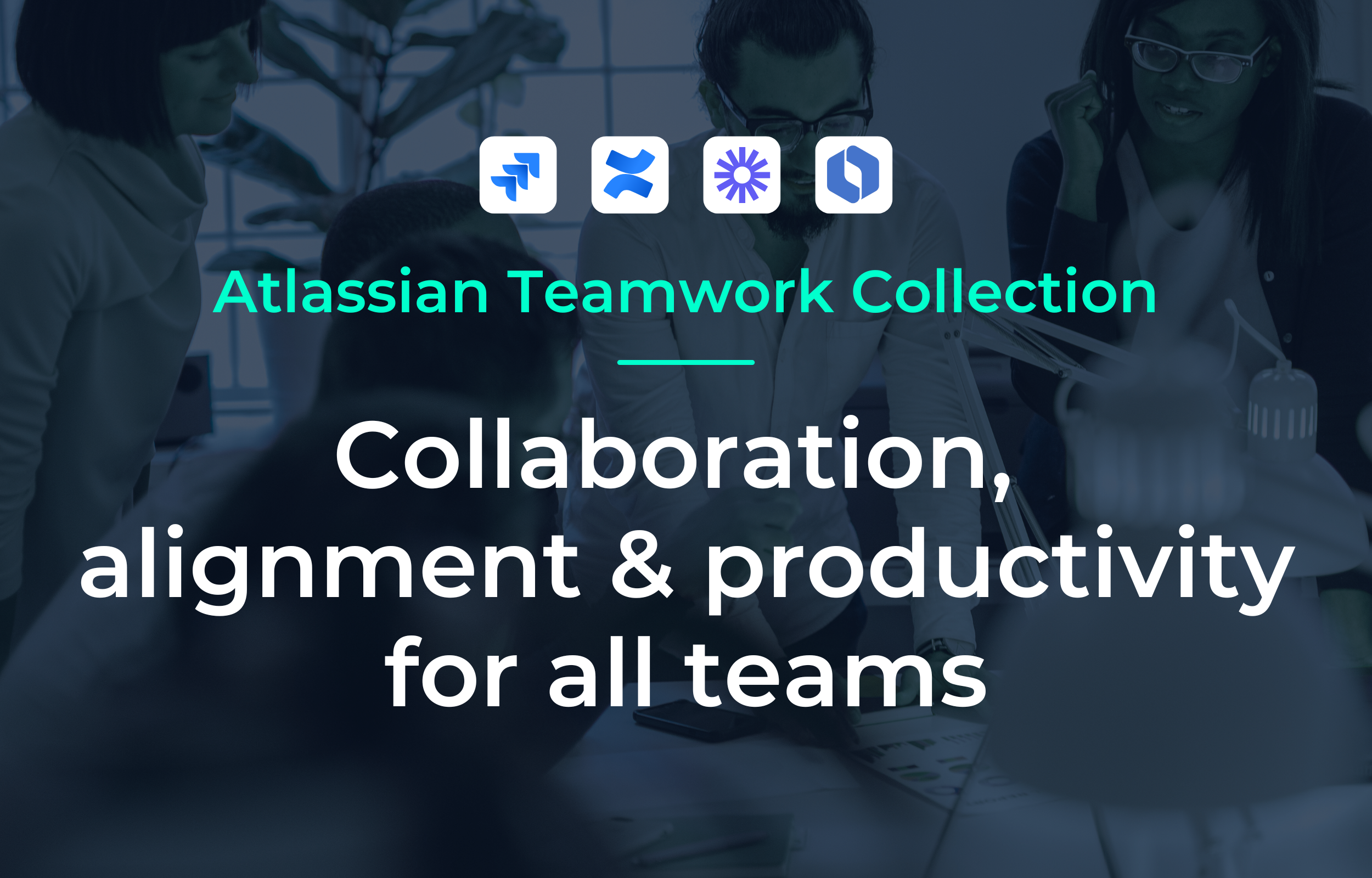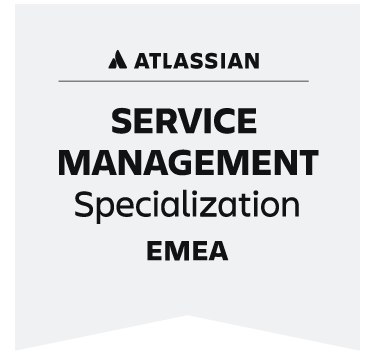He who is late is punished by life. A proverb that everyone knows. And yet it hits the nail on the head in software development these days. The faster you develop apps, plugins or software in this day and age, the more likely you are to be a pioneer in your niche. A fast time to market is therefore essential in order not to be overtaken by your competitors.
In addition to a breakthrough idea and entrepreneurial skill, it's important to launch software (or updates) as quickly as possible, in its entirety, and without bugs. Agile methods around DevOps enable just that - a faster time to market.
Adopting this methodology empowers your entire team to develop, deploy, and release software faster.
In this article, we'll explain how to accelerate time to market with DevOps.
Learn how to implement DevOps in your organization.
Table of Content
What is DevOps?
DevOps is a set of practices that combine software development (Development) and IT operations (Operations). It aims to shorten the system development lifecycle and ensure continuous delivery with high software quality.
DevOps enables cross-functional teams (e.g., development, infrastructure, customer service) to coordinate and collaborate to deliver better and more reliable products. Adopting the DevOps culture with DevOps methodologies and tools can enable teams to better respond to customer needs, strengthen their own confidence in their applications, and achieve business results faster. The key is to break down silos between departments and work together on innovations, updates or modifications.
Why DevOps and CI/CD is a must for every company
Wouldn't it be nice to be able to provide new features and updates on a regular basis, without having to shut down systems all the time, so that users can continue to use their vital systems?
DevOps has a culture of shared responsibility and collaboration; Continuous Integration and Continuous Deployment are the backbone of this culture & methodology. CI ensures that updates or changes are tested consistently and automatically - so that your software still runs after an update. CD, on the other hand, ensures that every process along the release of new features or updates is automated and follows a consistent pattern.
This results in a series of timely and consistent improvements to your product throughout the development and release process; thereby accelerating the time-to-market of your software products.
How DevOps accelerates time to market
Some of the most promising DevOps approaches you can use to accelerate time to market are:
Faster deployment of features, updates and changes
Deployment and Release Automation
Normally (without DevOps), developed software, or even updates are forwarded to IT Operations department for testing. However, if the product is new, Operations must first set up a new test environment. If it is an update, an interface and supporting apps are also needed and configured.
Thus, it is only possible for you as a developer to deploy new code when the operations team is testing the product. The time needed to deploy and publish new code is thus unnecessarily protracted.
DevOps, on the other hand, eliminates such time-consuming and repetitive tasks for faster time to market. For example, with DevOps and the use of blue-green deployments, you can have two active systems online, where one is shared with users and the other can be used for testing. With the automatic integrations of new code into the non-public system, the time savings are enormous.
Another big advantage for your team is that they can always get direct feedback from new deployments. This way, your developers always know directly what works and what doesn't. This not only drastically shortens the "time to market" or "time to release", but also reduces downtimes and the mean time to recovery through the implementation of blue-green deployments.
Learn more about Blue-Green Deployments and CI/CD here.
Test automation
An important factor in software development is to get regular and feedback on the impact of changes to the code during deployment. Traditionally, these tests have been performed manually during deployment on dedicated test systems. There are numerous drawbacks to doing this: They were usually costly, time-consuming, unreliable, and feedback was difficult to obtain.
By automating tests along the lifecycle of software delivery, it is possible to continuously verify the functionality and architecture of the system under development and ensure its integrity.
Tests that are part of your continuous delivery pipeline help your teams to create high-quality software, improve the stability of the software and make your users happy. This also helps you achieve faster time-to-market and release of new features, and respond to the exact needs of the market and your users.
Here you can find more information about automatic tests.
Efficient bug fixes with DevOps
By having your team constantly test new features and code changes, you minimize the likelihood of bugs being created and released. But more importantly, through cross-departmental collaboration and communication, critical bugs can be consistently reported by users. These are then forwarded to development and fixed in a timely manner depending on priority. With the use of CI/CD methods, these bugs can also be automatically tested and automatically released on unused systems before release.
DevOps culture and efficiency
By implementing the DevOps culture in organizations and leveraging the automation mentioned above, organizations have achieved faster time to market with DevOps.
DevOps champions have moved from a quarterly or semi-annual release cycle to weekly, (sometimes daily) release cycles. The goal is to release updates, bug fixes, etc. as often as possible and to gather feedback early in the development cycle and figure out when something isn't working. Much like the motto "If we fail, we fail fast and learn from it!"
As mentioned earlier, you can use CI/CD techniques to improve teamwork and software quality while automating routine tasks.
You can read about the advantages of this in the next section.
Summary of the advantages of using DevOps
The time to market of your software can be drastically reduced with DevOps. The methods and solutions presented provide you and your team with tools that enable your company to remain competitive, fix critical bugs promptly, and consistently prioritize and solve user problems.
Other advantages:
- Reduces application release time by improving release speed
- Improve productivity by up to 40% (Source: Cofortech)
- Happier end customers
- Accelerates the transformation into a more agile, quality-oriented and user-centric organization
- Improves the continuous integration process, validation and deployment of changes
- Increases process effectiveness and operational efficiency
DevOps as a catalyst for market launch
Most companies use cloud-based software. The companies work with these tools globally, communicate and conduct business over thousands of kilometers. The software used must therefore be available at all times, have little downtime and be constantly improved. With DevOps, it is not only possible to be available on the market faster, but also to solve critical problems quickly, to keep availability close to 100% and to integrate important user requests as quickly and profitably as possible. DevOps is a catalyst for bringing products to market and enables your company to react even faster to changes and requests.








